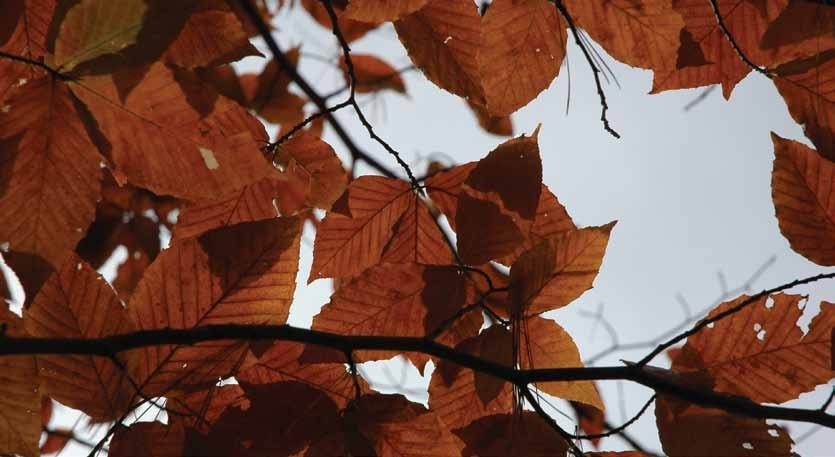Year of the Tree
Here at the start of a new year, the moment we’ve been waiting for has finally arrived: The N.C. State Parks educational theme in 2022 shall be...trees.
Perhaps it is best to start the journey with a definition; what exactly is a tree? The dictionary definition of a tree is a woody, perennial plant typically having a single stem or trunk growing to considerable height and bearing lateral branches at some distance from the ground.
It is safe to say that we all recognize trees, at least in the simplest terms, but the diversity of them across the globe (60,000 – 100,000 species, possibly representing 25% of all plants) is truly astonishing. Compared to tropical regions, the temperate zones of North America are not nearly as bountiful, but still claim more than 1,000 types of trees. When we zoom in to North Carolina, there are 221 native trees and 73 introduced, naturalized species in the Old North State.
Included in all that diversity are some of the largest and oldest organisms on Earth. In North Carolina, the NC Forestry Service identifies a 180-foot Eastern white pine in Jackson County as the tallest and a 2,671-year-old (give or take a century) bald cypress growing on the Black River in Sampson County as the oldest tree in the state. That might seem old unless you know about the 5,061-year-old bristlecone pine growing in the White Mountains in California – the oldest known tree in the world.
Much of Lake James State Park is forested and there is a lot to learn about the trees, both native and non-native, that grow here. Over the course of the coming year, we’ll explore many of those species, how they fit into the ecosystem, how they benefit other organisms, how exotic invasives are threatening our forests and more.
By the end we’ll hopefully be able to see both the forest for the trees and the trees for the forest.

